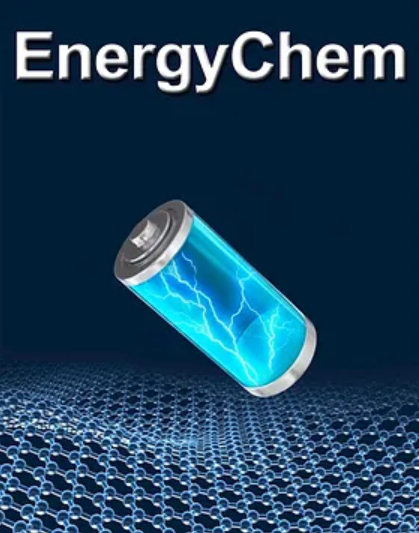Tailored high-entropy alloy nanomaterials for electrocatalytic applications
IF 22.2
Q1 CHEMISTRY, MULTIDISCIPLINARY
引用次数: 0
Abstract
High-entropy alloy (HEA) nanomaterials have garnered extensive attention over the past few years for their intriguing properties over conventional simple alloys. The applications of HEA nanomaterials in electrocatalysis open prospective new avenues for catalyst discovery and performance optimization. The expansive compositional space, random atomic arrangement, and complex coordination environment endow HEA catalysts with tremendous tunability, which in turn calls for more effective and general design strategies in the catalysis community. An in-depth comprehension of the structure-performance relationship of HEA electrocatalysts is urgently needed to advance their reasonable development further. In this review, design methodologies of HEA nanomaterials are first discussed from four aspects, i.e., the composition, size, shape, and crystal structure, with the ultimate goal of achieving optimal catalytic activity, selectivity, and stability. Subsequently, recent progress in diverse electrochemical reactions, including hydrogen evolution, hydrogen oxidation, oxygen evolution, oxygen reduction, carbon dioxide reduction, alcohol oxidation and nitrate reduction, is summarized with a focus on the design principles of HEA catalysts toward specific reactions. Last, current tasks and future outlooks in this burgeoning field are proposed. Overall, this review is dedicated to leveraging the potential of HEA nanomaterials for efficient and sustainable energy storage and conversion.
求助全文
约1分钟内获得全文
求助全文
来源期刊

EnergyChem
Multiple-
CiteScore
40.80
自引率
2.80%
发文量
23
审稿时长
40 days
期刊介绍:
EnergyChem, a reputable journal, focuses on publishing high-quality research and review articles within the realm of chemistry, chemical engineering, and materials science with a specific emphasis on energy applications. The priority areas covered by the journal include:Solar energy,Energy harvesting devices,Fuel cells,Hydrogen energy,Bioenergy and biofuels,Batteries,Supercapacitors,Electrocatalysis and photocatalysis,Energy storage and energy conversion,Carbon capture and storage
 求助内容:
求助内容: 应助结果提醒方式:
应助结果提醒方式:


